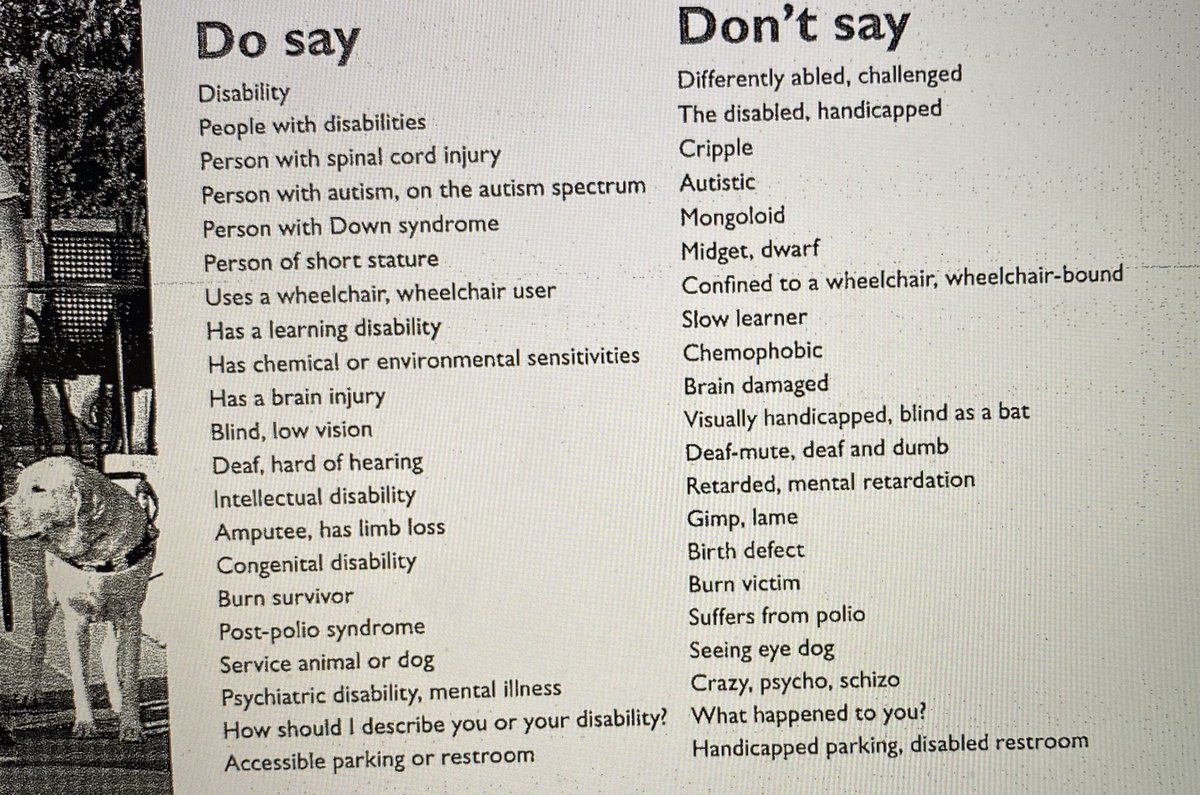
I’m watching Sia’s movie, in order to write a detailed & chronological review (so that nobody else watches it out of curiosity).
But for now, I just want the public to see a few things that speak for themselves, starting with this image:
But for now, I just want the public to see a few things that speak for themselves, starting with this image:

The next thing I want the general public to see is this clip from the opening scene.
CW: strobing lights, overwhelming visuals, caricature of autistic mannerisms
CW: strobing lights, overwhelming visuals, caricature of autistic mannerisms
Here’s a still shot of Maddie Ziegler’s face at the beginning of that opening scene.
I don’t think I need to explain what’s wrong here, but I’m going to anyway.
I don’t think I need to explain what’s wrong here, but I’m going to anyway.

This performance is a caricature of autistic body language.
It’s unsettling, and insincere.
And it is deeply reminiscent of the exaggerated mannerisms non-autistic people often employ when bullying autistic & developmentally disabled people for the ways we move.
It’s unsettling, and insincere.
And it is deeply reminiscent of the exaggerated mannerisms non-autistic people often employ when bullying autistic & developmentally disabled people for the ways we move.
There is absolutely nothing wrong with the ways autistic people move, or the ways we make facial expressions.
Some of us roll our eyes and put our teeth over our lips as a stim or just because it’s comfortable.
But we do those things naturally. Maddie Ziegler does not.
Some of us roll our eyes and put our teeth over our lips as a stim or just because it’s comfortable.
But we do those things naturally. Maddie Ziegler does not.
The fact that Ziegler is not autistic, and the fact that her performance is so heavily exaggerated, turns the entire movie into one long display of mockery.
I know that “wasn’t Sia’s intention.”
But it doesn’t make things any easier to stomach.
I know that “wasn’t Sia’s intention.”
But it doesn’t make things any easier to stomach.
Two other things I want to touch on:
1. The strobing lights and colors in the dance scenes are extremely overstimulating, and could cause seizures in people with photosensitive epilepsy (common in autistic people)
2. The restraint scenes are still there, without a warning.
1. The strobing lights and colors in the dance scenes are extremely overstimulating, and could cause seizures in people with photosensitive epilepsy (common in autistic people)
2. The restraint scenes are still there, without a warning.
I was under the impression, according to Sia’s apology and accompanying promise, that:
A. There would be a warning at the beginning of the movie regarding the danger of restraint, or
B. That the restraint scenes would be removed from the film entirely.
That isn’t true so far
A. There would be a warning at the beginning of the movie regarding the danger of restraint, or
B. That the restraint scenes would be removed from the film entirely.
That isn’t true so far
If this thread prevents just 5 other people from watching this movie, it will have been worth it.
I know people are curious.
And I also know it’s not my responsibility to bear the burden of watching this film for the community.
But I want to serve the greater good.
I know people are curious.
And I also know it’s not my responsibility to bear the burden of watching this film for the community.
But I want to serve the greater good.
I want to be able to provide my perspective from as informed a position as possible, and I couldn’t do that without actually watching the film.
I’ll be writing my review and posting it when it’s done.
I don’t know if this was a good idea. I just want it to be worth something.
I’ll be writing my review and posting it when it’s done.
I don’t know if this was a good idea. I just want it to be worth something.
• • •
Missing some Tweet in this thread? You can try to
force a refresh






